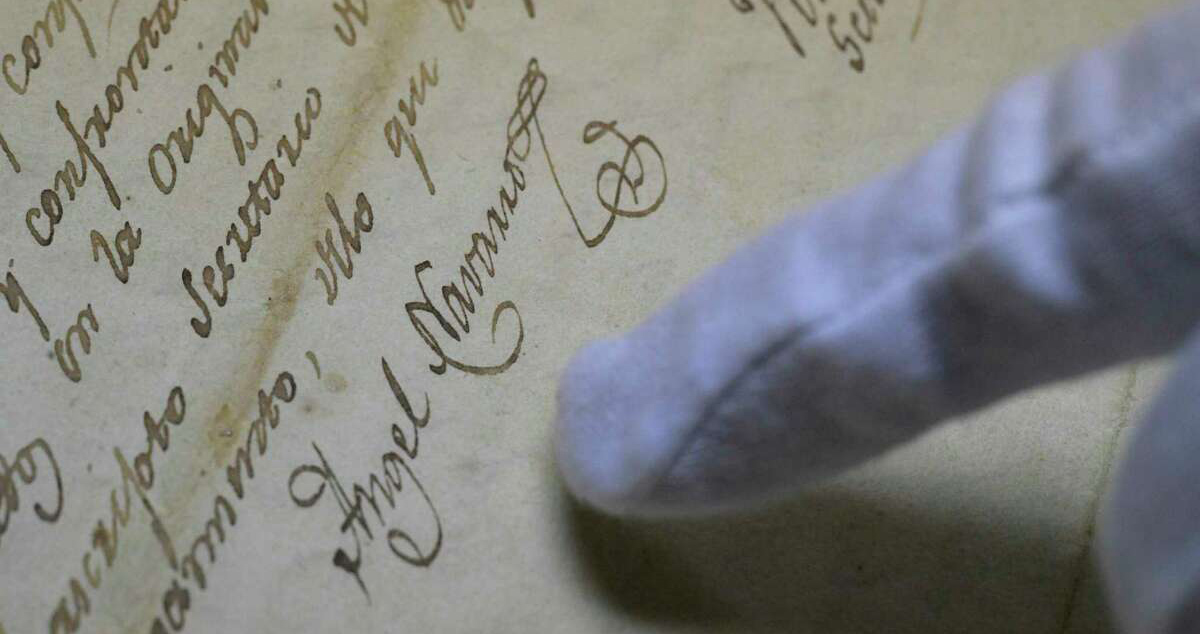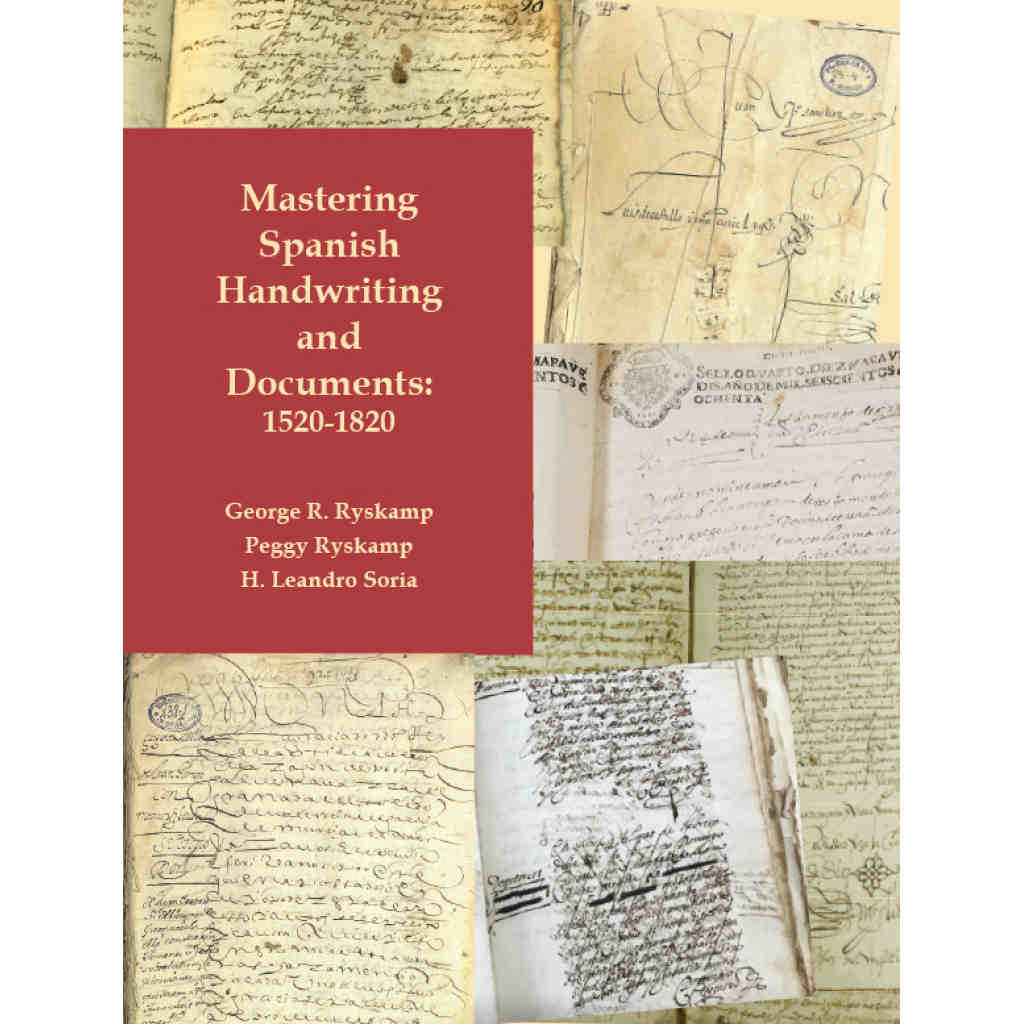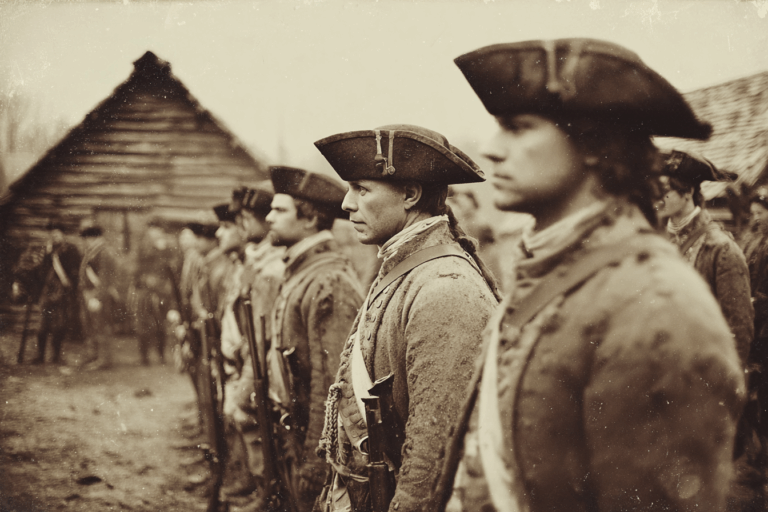
Early Spanish Handwriting Book a Must for 16th-early 19th-Century Records
According to the Pew Research Center, “The U.S. Hispanic population reached 62.1 million in 2020, accounting for 19% of all Americans and making it the nation’s second largest racial or ethnic group, behind White Americans and ahead of Black Americans, according to the U.S. Census Bureau. It is also one of the fastest growing groups in the U.S. Between 2010 and 2020, the country’s Hispanic population grew 23%, up from 50.5 million in 2010 (the Asian population grew faster over the same decade). Since 1970, when Hispanics made up 5% of the U.S. population and numbered 9.6 million, the Hispanic population has grown more than sixfold.”
Any one of the tens of millions of Americans of Hispanic descent who chooses to study family history, especially prior to the era of Latin American independence from Spain, must learn to read and comprehend the older forms of Spanish handwriting that appear in historic documents. The same is true, we hasten to add, for any non-Hispanic scholar or layperson who plans to work with these older records. It is with this requirement in mind that the new book, Mastering Spanish Handwriting and Documents: 1520-1820, by George Ryskamp, Peggy Ryskamp, and H. Leandro Soria, was created. This extraordinary book is available in print and e-book formats.
As the authors explain in the Introduction to the work, “The handwriting study found in this book can be used as:
- A beginner’s reader to the concepts of mentalities found in handwritten Spanish parish records expressed in those documents
- A traditional paleographic text for comparing handwritten parish records and notarial documents with their transcriptions and translations
- A reference book to be used when reading handwritten parish and notarial documents
- A source of information about the institutions and processes generating those documents.”
Furthermore, the authors contend, “The skills and understanding gained from this volume will help local, family and social historians find more of—and about—the ideas and life stories in original documents. They can also gain insights into the mentalities behind the life stories, increasing their knowledge of the history of a particular time and place . . . .”
Supplementing Mastering Spanish Handwriting and Documents: 1520-1820 are the Spanish language tutorials at the website script.byu.edu, which the authors helped create during their time at the Center for Family History and Genealogy at BYU. “The script.byu.edu website expands and supplements the content of this book in several ways, providing:
- Introductory materials under the sidebar “Getting Started,” along with exercises and tests for evaluating progress, suitable for self-evaluation by a beginner or for teaching a beginning class.
- Handwriting resources that are more complex, or larger, than would be possible in book appendices. Among these are alphabet charts; lists of names and surnames; a lengthy genealogical glossary; and an abbreviations chart with examples drawn from a variety of documents.
- Interactive interface with the internet, allowing for easier exploration of linguistic insights, alternative expressions and expanded definitions.
- Documents are organized using a more traditional institutional or archival approach, in contrast to that of the book, which is primarily based on mentalities concepts.
- Online formatting that can be added to and strengthened over time, with additional documents, new examples of abbreviations, more words in the glossary, etc.
- Translation of the tutorial into Spanish, with unique language-related material available only in Spanish . . .”
Finally, to illustrate the challenges associated with comprehending early Spanish documents, consider the following sample entries also found in the Introduction. (view book details)



